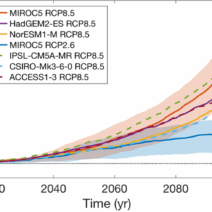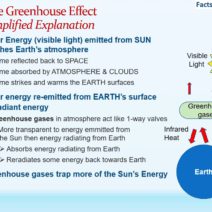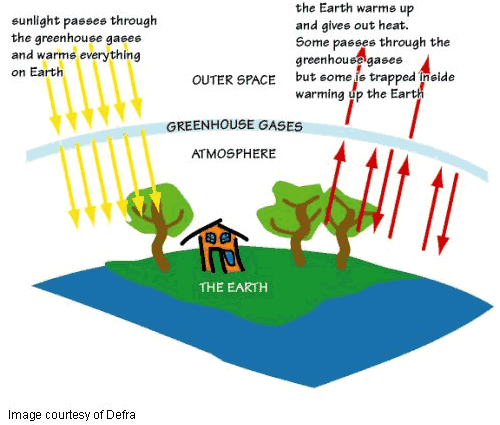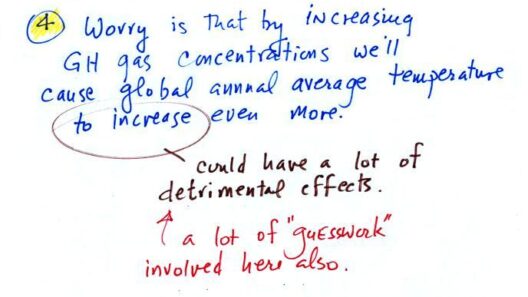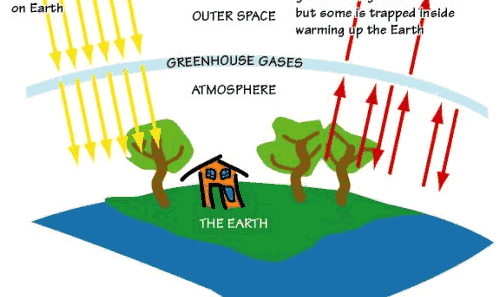The topic of meat consumption and its environmental repercussions is one that has garnered increasing attention in recent years. Globally, the agricultural sector is a substantial contributor to greenhouse gas emissions, with livestock production posing an especially significant threat. As populations grow and dietary habits evolve, understanding the implications of meat consumption on global warming is crucial for informed decision-making. This discourse will delve into various facets of meat consumption and its relationship with climate change, exploring aspects such as greenhouse gas emissions, land use, water consumption, and potential alternatives.
At the core of the issue lies the fact that livestock farming is a leading source of methane, nitrous oxide, and carbon dioxide emissions. Cattle, in particular, are notorious for their methane production, a potent greenhouse gas that emanates during digestion, known as enteric fermentation. Methane is approximately 28 times more effective than carbon dioxide at trapping heat in the atmosphere over a 100-year period. The formidable role that livestock plays in the climate crisis is further underscored by the United Nations Food and Agriculture Organization’s report, which estimates that livestock accounts for roughly 14.5% of global greenhouse gas emissions.
In addition to gas emissions from animals, the environmental cost of meat extends to the land required for livestock rearing. The agricultural sector requires expansive tracts of land for both grazing and feed production. Deforestation, particularly in regions such as the Amazon rainforest, has been exacerbated by the need to accommodate cattle ranching. As trees are felled to make way for pastures or feed crops, we lose critical carbon sinks that help mitigate climate change. It is vital to recognize this cycle: the more meat consumed, the more land is cleared, culminating in loss of biodiversity and further emissions.
In conjunction with land use, water consumption emerges as another critical environmental concern associated with meat production. The water footprint of meat is substantially larger than that of most plant-based foods. For instance, producing a single pound of beef consumes approximately 1,800 gallons of water when accounting for factors such as drinking water for cattle and irrigation for feed crops. This stark contrast highlights the unsustainability of intensive animal farming practices, particularly in regions facing water scarcity. The strain on freshwater resources necessitates a reevaluation of dietary choices in light of global water security.
Moreover, the environmental ramifications of meat consumption are not uniformly distributed. Industrial farming practices predominantly utilized in developed countries epitomize a system that prioritizes efficiency and profit over ecological integrity. These practices often result in concentrated animal feeding operations (CAFOs), where animals are crowded together, leading to elevated stress levels and potential disease outbreaks. The resultant pollution from these facilities wreaks havoc on local ecosystems, contributing to soil degradation and water pollution through runoff of manure and antibiotics.
Transitioning to alternative protein sources is an essential consideration for mitigating the environmental impact of our diets. Plant-based diets offer commendable advantages, as they typically require fewer resources and generate fewer emissions compared to meat-centric diets. Pulses, legumes, and grains are exemplary substitutes that provide essential nutrients while substantially lowering methane and carbon outputs. Furthermore, innovations in cultivated meat and plant-based proteins have emerged as viable options. By producing meat sustainably through cellular agriculture, we can potentially eliminate the resource-intensive aspects of traditional livestock farming.
However, the conversation surrounding meat consumption cannot ignore cultural and social dimensions. Dietary habits are often deeply woven into cultural practices and personal identities. Hence, promoting meat alternatives must respect existing food cultures while highlighting the urgent need for sustainable consumption patterns. Education and awareness play a pivotal role in influencing dietary shifts. By informing consumers about the environmental impact of their dietary choices, the path toward more sustainable eating can be illuminated.
Legislation also plays a critical role in addressing the environmental costs associated with meat production. Policies aimed at promoting sustainable agricultural practices, supporting plant-based food industries, and incentivizing lower carbon footprints can drive meaningful change. Governments and organizations must collaborate to create frameworks that both protect the environment and maintain economic viability for farmers and ranchers. Emphasizing sustainable practices could lead to a paradigm shift that fosters ecological stewardship alongside food security.
In light of this vast spectrum of implications surrounding meat consumption, it becomes exceedingly clear that individual choices carry weight. Each meal presents an opportunity to influence the trajectory of climate change. Opting for meat-free days, reducing portion sizes, or exploring alternative proteins can contribute cumulatively to mitigating greenhouse gas emissions. Collective action, even in small personal choices, can lead to significant environmental impacts when adopted en masse.
In conclusion, the relationship between meat consumption and global warming is complex, informed by interlinked factors such as greenhouse gas emissions, land use, and water consumption. As the global population continues to rise, the urgency of addressing these issues escalates. It is incumbent upon consumers, policymakers, and industries alike to reassess the sustainability of our food systems. Through conscious dietary choices and supportive policy frameworks, we can pave a more resilient path forward—one that honors both our planet and future generations.
